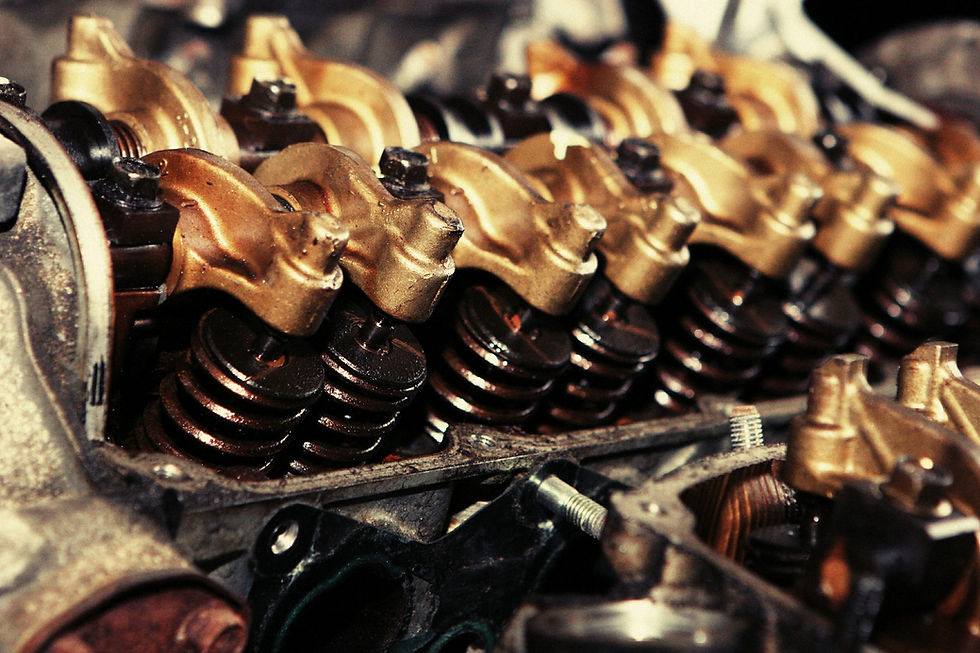How to Diagnose Common Car Problems: A DIY Guide
- Brandon Koffler
- Jul 17, 2024
- 2 min read

Being able to diagnose common car problems can save you time and money. While some issues require professional expertise, there are several common problems that you can identify and address yourself.
Here’s a DIY guide to diagnosing common car issues.
1. Engine Won’t Start: If your engine won’t start, it could be due to a dead battery, faulty starter, or ignition system issues. Check the battery connections for corrosion, ensure the battery is charged, and listen for clicking noises when turning the key. If the problem persists, consult a mechanic.
2. Unusual Noises: Unusual noises such as squealing, grinding, or knocking can indicate various issues. Squealing brakes may signal worn brake pads, while grinding noises could be related to the transmission or bearings. Pay attention to the type and source of the noise and have it inspected by a professional.
3. Fluid Leaks: Fluid leaks can be identified by puddles or stains under your vehicle. Common leaks include engine oil, transmission fluid, coolant, and brake fluid. Determine the color and location of the leak to help diagnose the issue. Address leaks promptly to prevent further damage.
4. Warning Lights: Modern vehicles are equipped with warning lights that indicate potential problems. Familiarize yourself with the meaning of each warning light and take appropriate action if one illuminates. Consult your vehicle’s owner’s manual for guidance on specific warning lights.
5. Poor Performance: If your vehicle experiences reduced performance, such as sluggish acceleration or rough idling, it could be due to issues with the fuel system, air filters, or spark plugs. Check and replace air filters, ensure proper fuel quality, and inspect spark plugs for wear.
6. Overheating: An overheating engine can be caused by a faulty thermostat, coolant leaks, or a malfunctioning water pump. Monitor your temperature gauge and check for signs of coolant



Comments